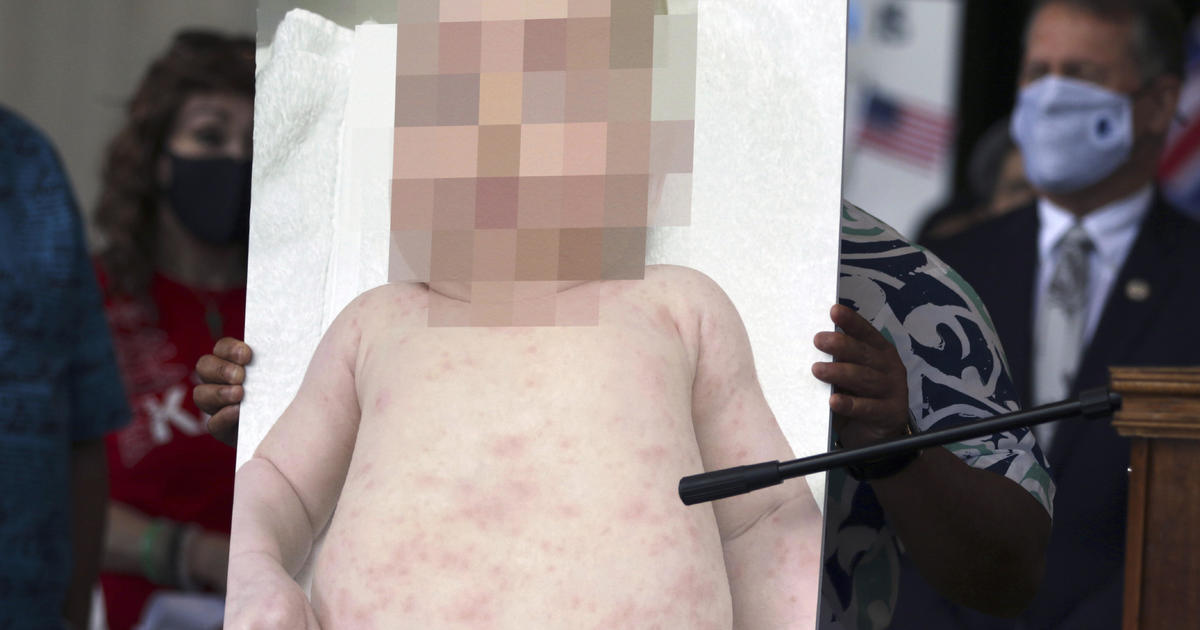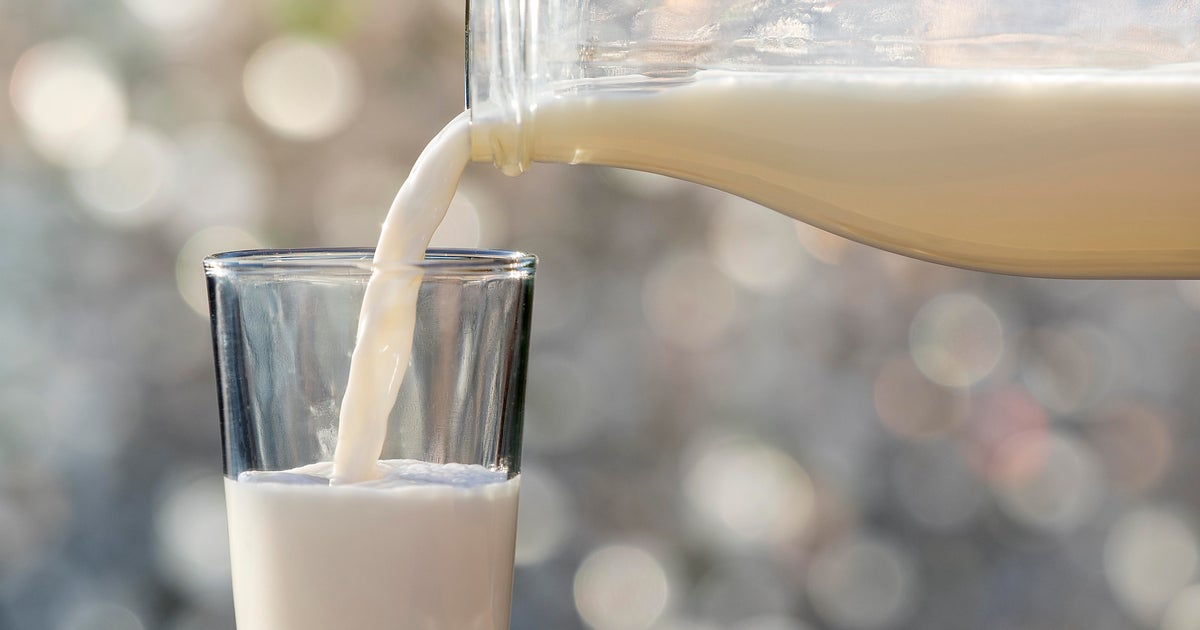How to pack Thanksgiving food for your flight – and make sure it gets through TSA
One of the busiest travel weeks of the year in the U.S. is typically the week of Thanksgiving – and for some people, that means transporting turkey. But if you're traveling by air, as 4.69 million people are expected to, how do you safely – and legally – pack your gravy, stuffing, cranberry sauce and other Thanksgiving dinner accoutrements? The Transportation Security Administration has a guide for that.
The TSA implements what it calls a 3-1-1 liquids rule: Travel-sized containers that hold 3.4 ounces of liquid are allowed in carry-on luggage, and you should pack them in a quart-sized bag. This rule includes liquids, aerosols, gels, creams and pastes. So what does that mean for food?
Foods that you can't pack in a carry-on
The TSA says "If you can spill it, spread it, spray it, pump it or pour it, and it's larger than 3.4 ounces, then it should go in a checked bag." So, these common Thanksgiving dinner foods should not go in your carry-on, the TSA advises.
1. Cranberry sauce – homemade or canned
2. Gravy – homemade or canned
3. Wine or other alcoholic beverages
4. Canned fruit or vegetables, since many contain liquids
5. Preserves, jams and jellies, which are spreadable
6. Maple syrup
Foods that are ok to pack in a carry-on
Any solid foods can go through the TSA checkpoint – on Thanksgiving or any other day of the year.
1. Baked goods
2. Meats – cooked or uncooked
3. Stuffing – whether it's fully prepared or still in the box
4. Casseroles
5. Mac n' Cheese
6. Fresh fruit and vegetables – unlike jarred or canned, which have liquids
7. Candy
8. Spices
Thanksgiving food travel tips
While many solid foods should successfully pass through TSA screening, keeping them fresh while traveling could pose a challenge.
The Centers for Disease Control and Prevention say bacteria on food "can multiply rapidly" even at room temperature – which they call the "Danger Zone" – between 40°F and 140°F. If foods perish, they could cause food-borne illnesses like salmonella and E. coli.
Warm or hot foods should be stored in clean, shallow containers in refrigerators – which should be kept at or below 40°F, the CDC says. Smaller portions will chill faster.
Perishable foods like meat, dairy, leftovers and some vegetables should be stored in a refrigerator within two hours. If the food has been exposed to heat – like a hot car that is 90°F – it should be refrigerated even sooner, within an hour.
This could be an issue for travelers who have long flights. But if you need to keep a dish cool, the TSA says ice is OK to bring in checked bags – as long as it stays frozen solid when it goes through the screening. If the ice is partially melted or there is any liquid present, the container must follow the 3-1-1 liquids rule, the TSA says.
Once you get your food to its destination, there are still steps to take to make sure it stays safe to eat, says Kimberly Baker, a food systems and safety program team director at Clemson University.
Food served buffet-style should be kept at the right temperature – which does not mean room temperature. That's 135°F for hot foods and 40°F for cold. Using chafing dishes for hot dishes and keeping cold dishes in their containers, sometimes in ice, is recommended, Baker writes for The Conversation.
Leftovers should be kept in the fridge for three to four days, and could be frozen if they aren't going to be eaten in that time frame. Frozen foods should be thawed within three to four months, Baker says.
Freezers should be kept at or below 0°F and to thaw frozen food, you should place it in a fridge, cold water or in a microwave – but never leave it on a counter, according to the CDC. Remember, room temperature is the "Danger Zone."




